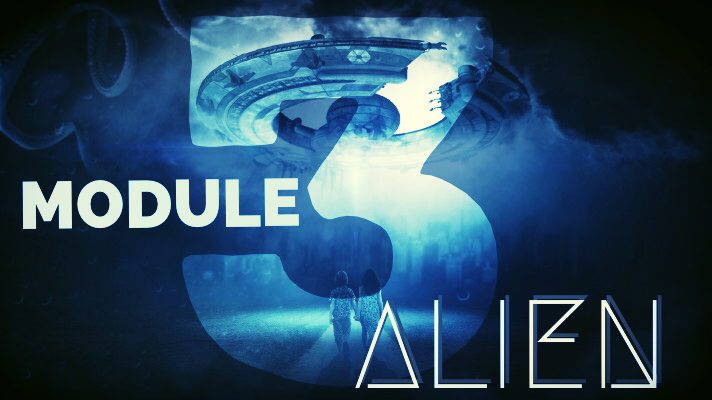Discussion 2: Time Travel
- T. Velazco

- Apr 19, 2018
- 3 min read
Updated: Jun 5
TIME TRAVEL
Discussion II
The definition of time travel is the action of progressing through time into the past or future. Its significance presents itself diversely between Hitchhiker's Guide to The Galaxy, Slaughterhouse-5 and Travel by Wire. All of them introduce the idea of the scientific principles of Einstein's Theory of Relativity, particularly Hermann Minkowski's theories in regards to Special Relativity. He presented a geometric interpretation of special relativity known as the Minkowski space.[1] This theory states that time is a three-dimensional location within the universe. All three written pieces apply some form of his theory in creative techniques to tell their stories.

Time travel is a considerable part of the plot devices for all these stories. They all use time as an illusory construct of three-dimensional space by providing characters the ability to relocate from one place to another in space and time, but not always for the same ends. Hitchhiker's Guide to the Galaxy presents us with a variant of this, by simultaneously traveling through what they call points in hyperspace. In hyperspace, they traverse every conceivable aspect of space-time by getting to their destination almost instantaneously with an engine called the Infinite Improbability Drive, but it comes at a price. Moving through every position alters their material form momentarily, and composes them in complicated versions of themselves as they cross parallel dimensions until they eventually reach normality. Sometimes this is advantageous to them, like when they were evading missiles, and they transformed them into a whale and a potted plant, but most of the time they describe it as an awkward feeling. For instance, in one portion, Ford shifts into a penguin body, and Arthur's arms and legs drop off. In comparison,
Slaughterhouse-5 utilizes time travel to cross between several periods of Billy's life to present a complete chronicle of his experience. He is unstuck and can go back and forth between moments of his history or even to a dome out in space within a microsecond. Vonnegut chose to tell Billy's story in this manner to explain that a whole person is not a static personality going through linear events. Instead, they are a dynamically flowing compilation of moments within the continuum of space-time. Characters can be different personalities in multiple instances. When someone can perceive all of the details of another person's life, they can have a balanced and accurate understanding of precisely who they are. In Travel by Wire, the author takes a humorous approach to travel by using it to send things, animals, and people to distant locations by transmitting them through a wired receiver, making regular travel antiquated.
The theme of death in conjunction with time travel is prominent in two of these stories. In Slaughterhouse-5 the Tralmafadore aliens inform Billy that every period of existence is concurrently occurring, so death is only one tiny bit of a person's life within their reality. The aliens explain that no one truly perishes, even though there is a moment that they expire, they nevertheless exist in another time in which they are also alive, and so it goes. The aliens grant him this knowledge so that he may feel less melancholic concerning all the deaths in his life. He perceives this viewpoint as enlightening, and it attracts notoriety for him. He regards it as a contribution he can give society, and wants to inform everyone about it. He is confident that the civilization would be more content with this essential understanding. In Travel by Wire, while satirical, the description of traveling in time gives us a feeling of wary caution. When people in this story move by the wire machine, not everyone arrives out the opposite side entirely identical corporally or even breathing. Death in this scenario plays upon the reader's worries and is related to the concern of using advanced technology. It is so dangerous that at the end, the inventor of the machine states he would never travel in this fashion and favors the more well-built method of traveling by plane.
While all three use the principles of time travel, they use them to illustrate various concepts. Traveling through the continuum to get to a location is merely one way in which all of these tales employ time travel, it can further be applied to explain the entire extent of a person's existence. Death is also used philosophically in conjunction with time travel to give continuity to living or caution against advanced technology. All three of these writers related time travel imaginatively in diverse ways to present us with a better insight of their characters and their experiences.
Works Cited
[1] Minkowski, Hermann. "Space and Time." Annual Reports of the German Mathematical Society. A Lecture delivered before the Natural Scientists' Meeting at Cologne, 21 Sept. 1908, Cologne - (21st September, 1908)., Germany, en.wikipedia.org/wiki/Minkowski_space#CITEREFMinkowski1907%E2%80%931909.



Comments